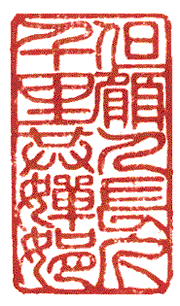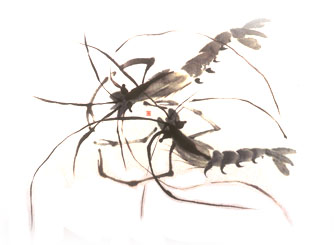 Teaching is somewhat similar to developing a choir; it demands the cooperation and coordination among the members of the group, and yet relies on each individualís uniqueness to constitute the polyphonic substance of the group. Cooperation is its strength; variation is its essence. Each voice develops while hearing and being in harmony with other voices. Individuality is constructed out of the quality of oneself and that of others. Individuals are as important as the group. Both are in need of each other and complementary with each other.
Teaching is somewhat similar to developing a choir; it demands the cooperation and coordination among the members of the group, and yet relies on each individualís uniqueness to constitute the polyphonic substance of the group. Cooperation is its strength; variation is its essence. Each voice develops while hearing and being in harmony with other voices. Individuality is constructed out of the quality of oneself and that of others. Individuals are as important as the group. Both are in need of each other and complementary with each other.
The class is a choir; students are the members. The teacher, however, is not necessarily to be the conductor. The structure can be a dynamic one, although an initial base may serve as a point of departure. It may vary from person to person, from place to place, from stage to stage. Such a dynamic relation entails interaction through which the group develops as a whole.
As a performance, it is student-choirís, not the teacherís or conductorís, performance that matters. Even though the teacher, as the conductor, plays an important role and affects the entire performance, it is, after all, the choir whose singing faces the audience sees and whose resonant voices the audience hears. The choirís successful performance is the conductorís pride, just as studentís success is teacherís pride.
On the other hand, performance will not be successful solely by the performers alone; cooperation will not take place simply by itself. Behind the singing curtain, there are apprenticeships where voices develop and songs are learned. Every voice, as well as every song, embeds beauty to be discovered, to be made, and to be shared. Through apprenticeship, knowledge and skills are constructed while being acquired. To facilitate the acquisition process, teachers instill developing tools and share life experience. It is an intersection where lives are shared and shaped together.

 Copyright © 2006 Rita Chu.
Copyright © 2006 Rita Chu.